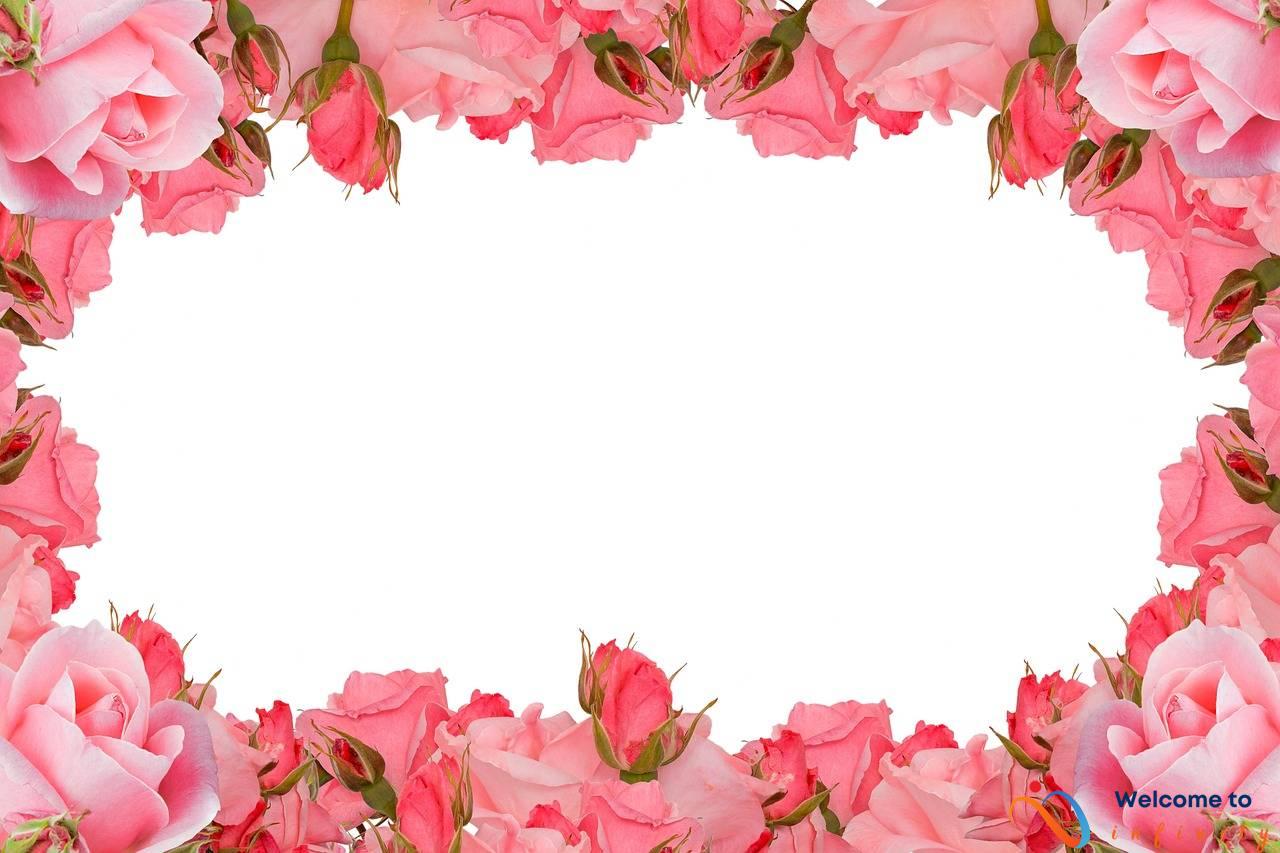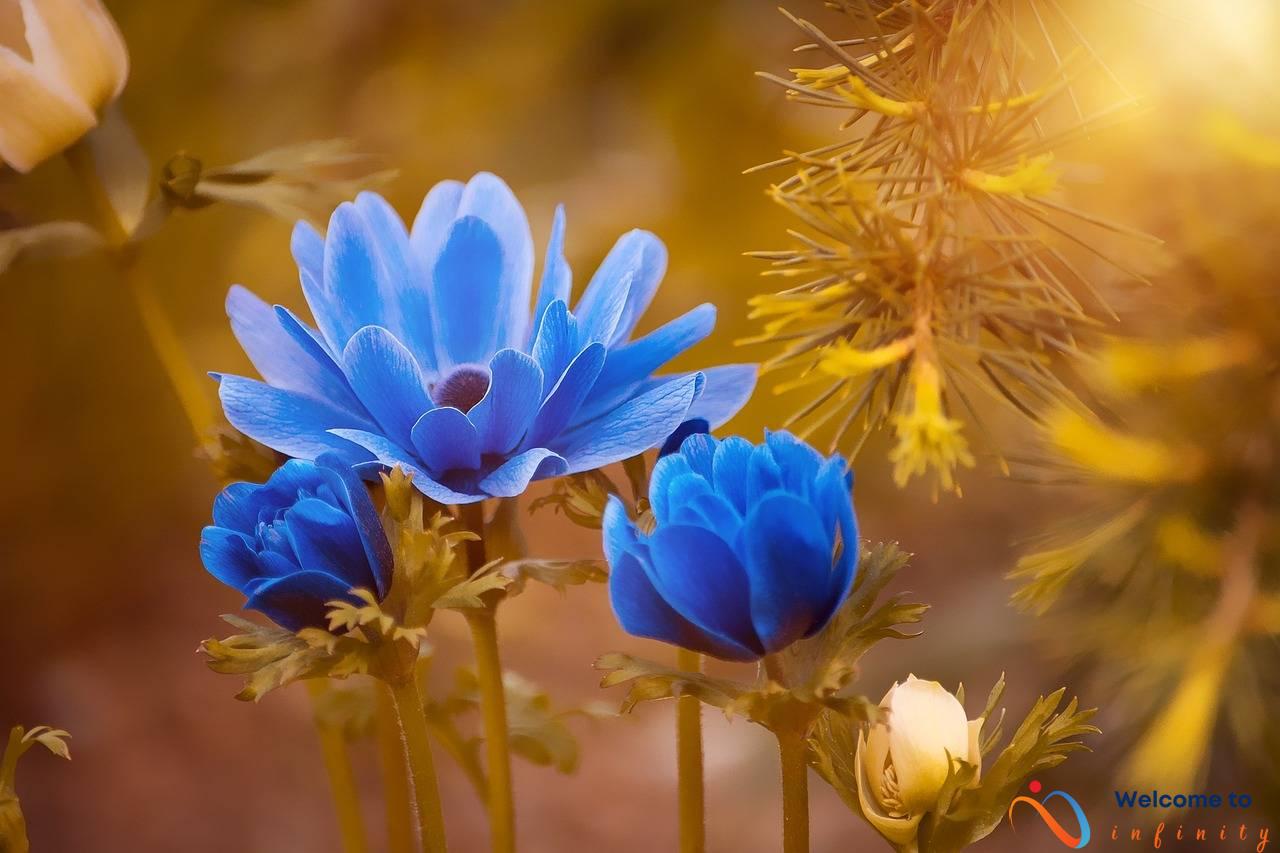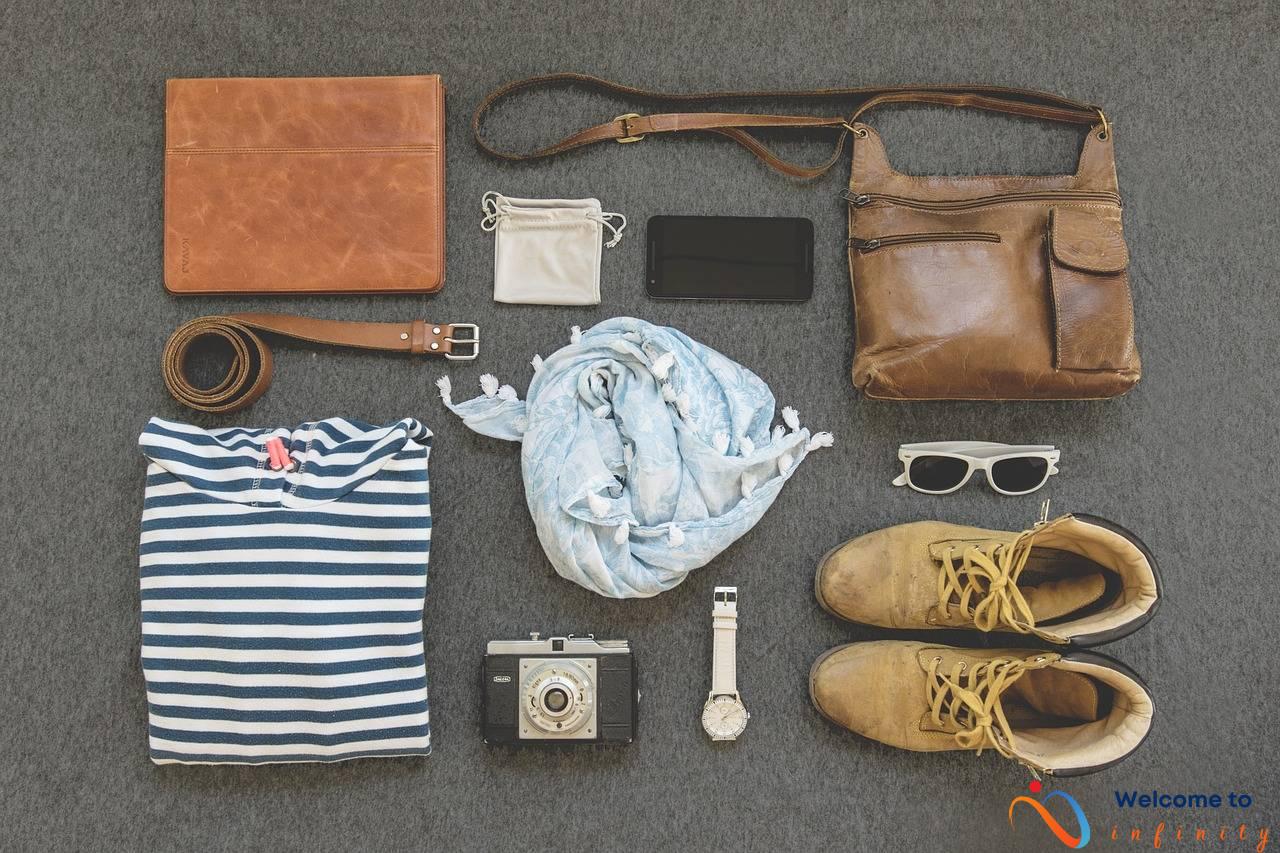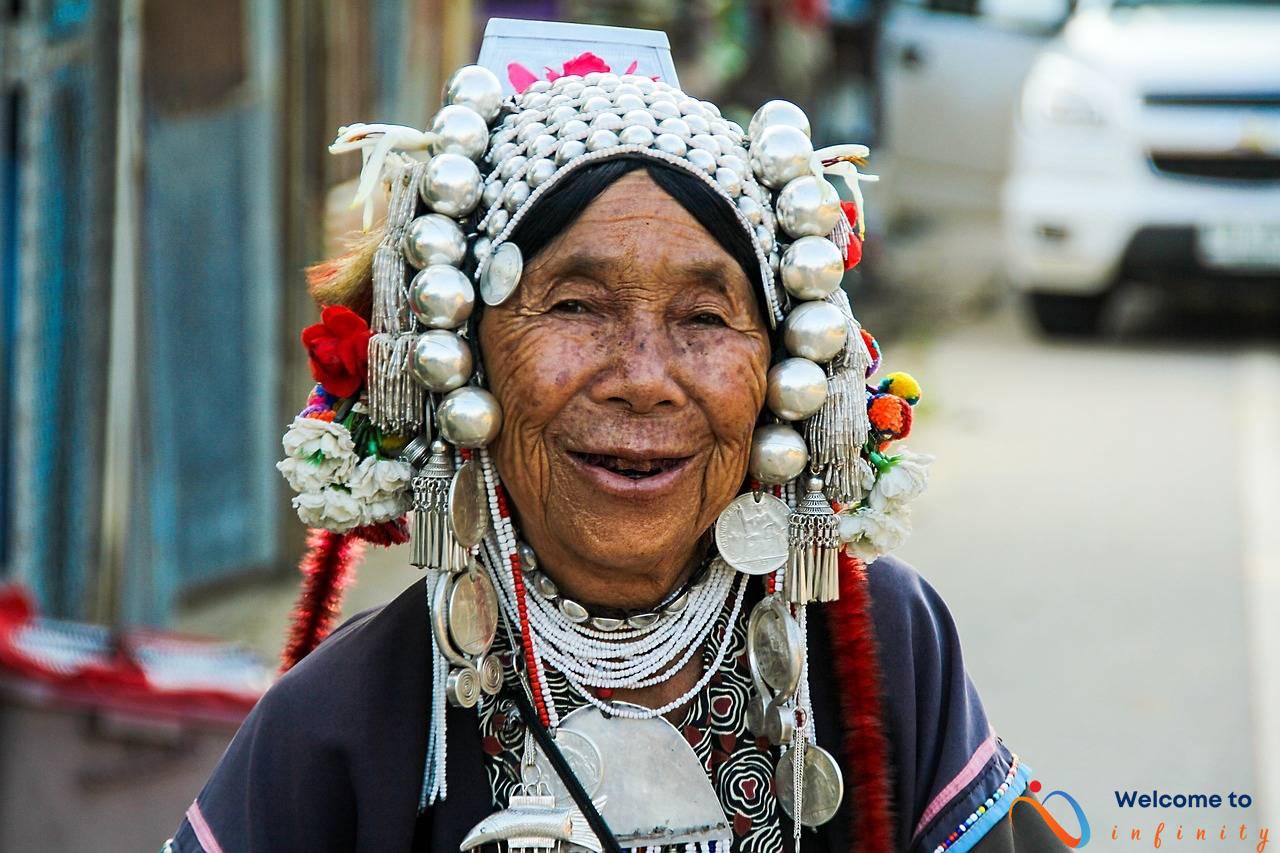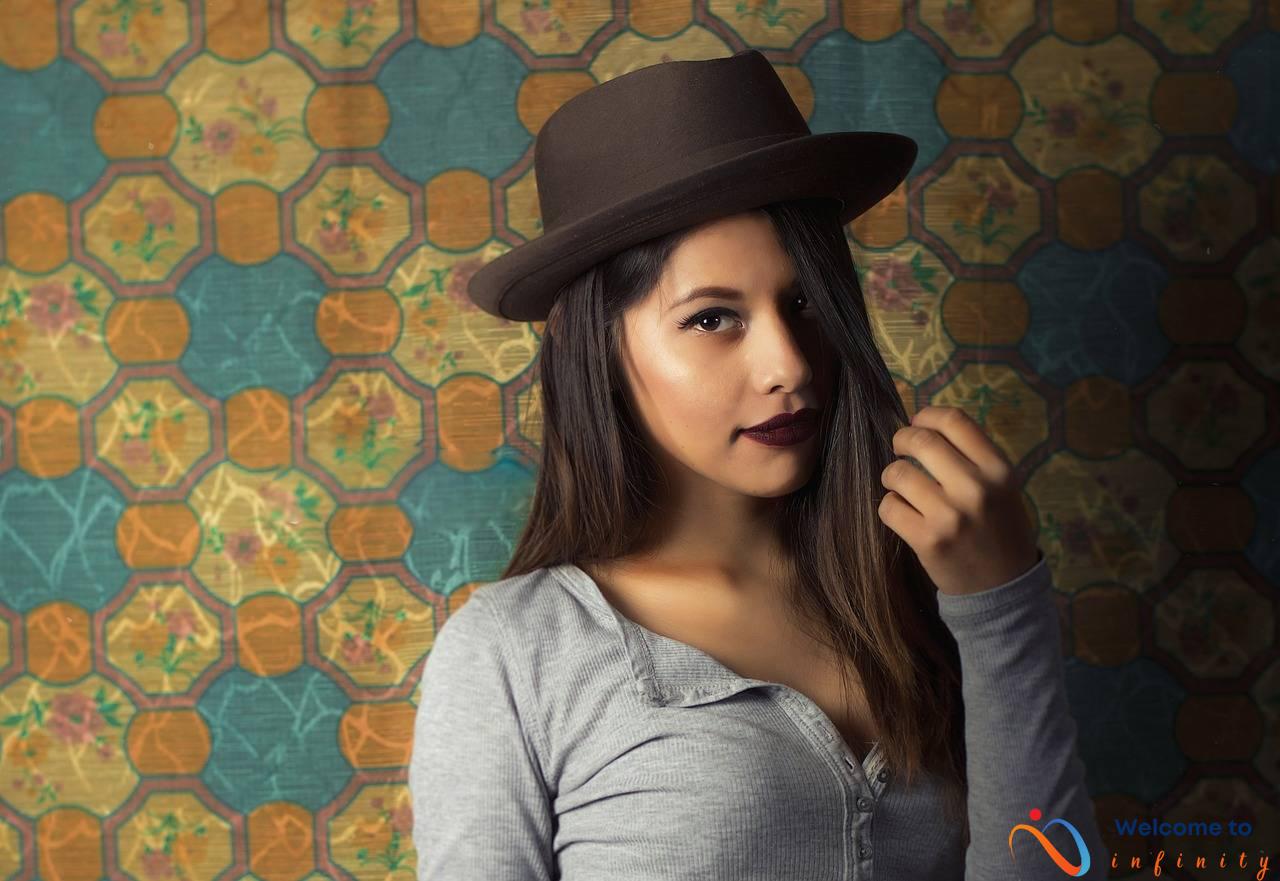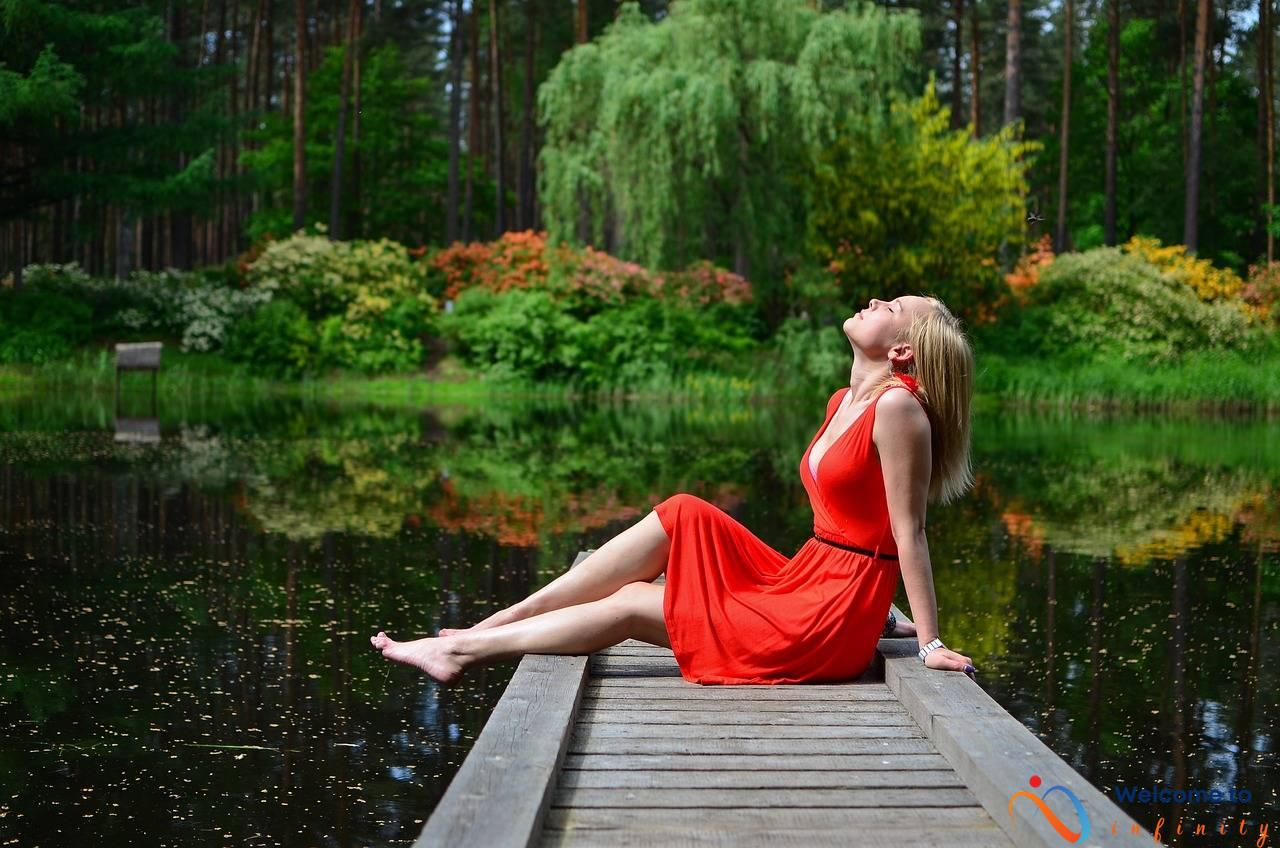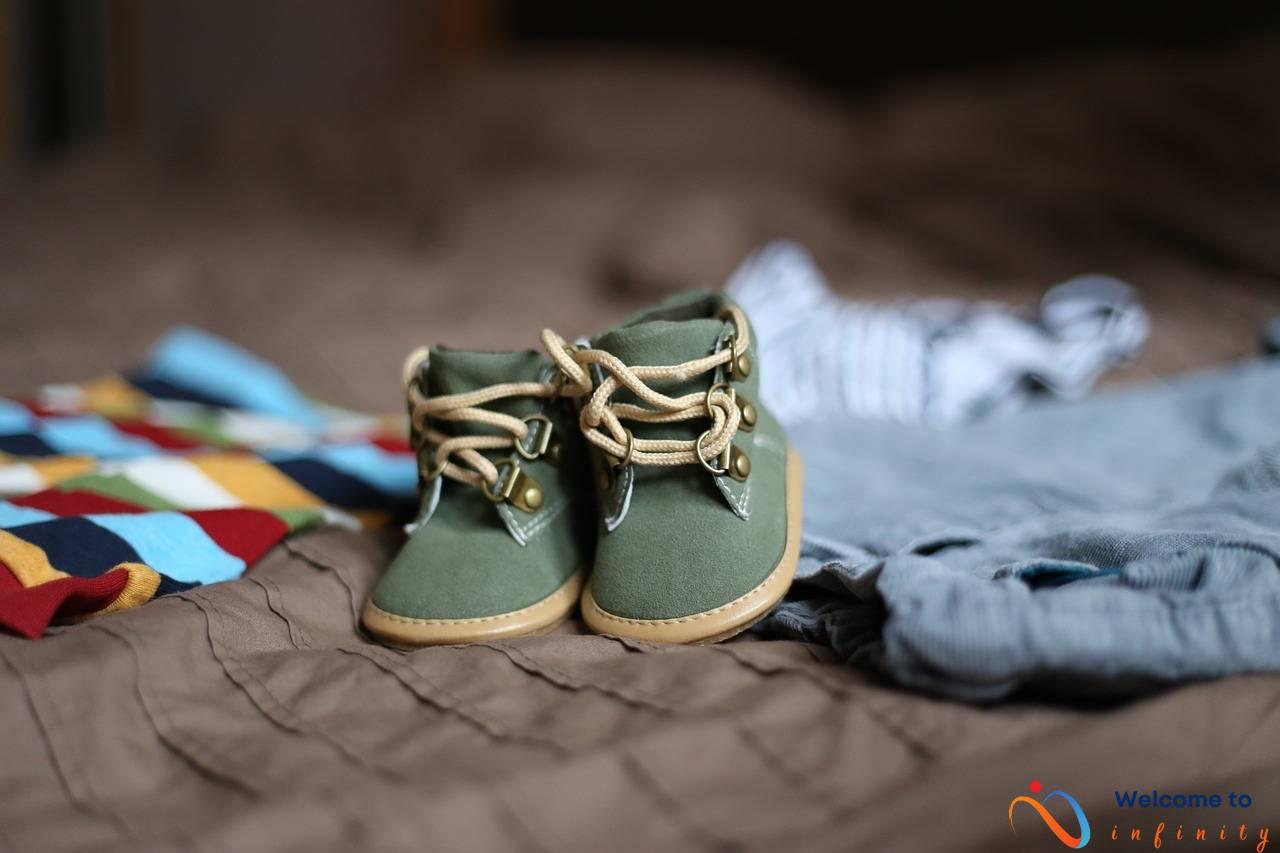The 1920s, also known as the Roaring Twenties, was a time of significant change in the world of fashion. This decade marked the beginning of a new era in fashion and style, where traditional gender norms and clothing were challenged, and modern and trendy styles were embraced. The fashion trends of the 1920s reflected the cultural shift that was taking place, and the clothing designs signified the liberation and freedom that people were experiencing after World War I.
During the 1920s, flapper culture rose to prominence, with many young women challenging societal norms through their clothing and behavior. The iconic flapper dress was characterized by its short hemline, dropped waistline, and loose fit. It was a significant departure from the restricting corsets and long skirts that had been popular in the decades prior. Flappers also emphasized their newly found freedom by wearing short haircuts, smoking, and drinking in public.
The 1920s was also a time of significant changes in women's fashion. The restrictive corsets and long skirts popular in the Victorian era and early 1900s were gradually replaced with shorter hemlines and looser, more comfortable clothing. The rise of women's suffrage also impacted fashion, with many women seeking clothing that was practical for work and physical activity. French designer Coco Chanel was a significant influence on women's fashion during the 1920s, creating practical and modern designs such as the little black dress, that were revolutionary at the time.
Men's fashion during the 1920s was equally influential and evolved significantly during the decade. The jazz suit, characterized by its bright colors and loose fit, was popularized during this period. Men's fashion also saw the emergence of the dandy, who placed a great emphasis on personal grooming and fashion. Overall, the fashion trends of the 1920s significantly impacted fashion and style, both during the decade and beyond.
The Rise of Flapper Culture
The 1920s were a time of change in fashion and culture, and nowhere was this more evident than in the emergence of flapper culture. Flappers were women who rejected the traditional gender norms of their time, often through their clothing and behavior.
Flapper fashion was characterized by short dresses, bobbed hair, and a more androgynous style. Corsets and petticoats were phased out in favor of looser, more comfortable clothing. Flappers also wore makeup, smoked, and drank alcohol in public, actions that were previously considered taboo for women.
Through their clothing and behavior, flappers challenged society's expectations of women and represented a new, more liberated version of femininity. They were often seen as rebellious and scandalous, but also as exciting and modern.
- Flapper fashion included:
- Short, loose dresses with dropped waistlines and geometric patterns
- Cloche hats and feather boas
- Gloves, pearls, and other accessories
- Oxford shoes or T-strap heels
Despite their controversial reputation, flappers became symbols of the 1920s and their influence can still be seen in fashion today. The rejection of traditional gender norms and focus on comfort and practicality remains a relevant and powerful force in modern fashion.
The Evolution of Women's Fashion
The 1920s was a decade of change in fashion, especially for women. Before this era, women were expected to wear corsets and long skirts that covered their ankles. However, during the 1920s, women's fashion dramatically transformed. Shorter hemlines, sleeveless dresses, and a more relaxed silhouette were all the rage. This was the era of the flapper, and women were rebelling against traditional gender norms through fashion.
One of the significant changes during this time was the introduction of the “flapper dress.” These dresses were made of lightweight fabrics like silk or cotton and featured dropped waistlines and shorter hemlines. They were designed to be loose and comfortable, allowing women to dance and move around with ease. Flappers also started to experiment with sleeveless dresses that showed off their arms.
Another significant style during the 1920s was the bobbed haircut. This hairstyle helped to create a more modern and youthful look. Women were no longer hiding their hair under large hats and instead confidently showing it off in bobbed or shingled styles.
In addition to these changes, new fabrics like jersey knit and rayon became popular because they were comfortable and easy to wear. Women were also wearing more accessories like headbands, scarves, and long necklaces to complete their outfits.
Overall, the evolution of women's fashion during the 1920s was a significant movement towards more comfortable and practical clothing. Women were no longer restricted by corsets and long skirts, but instead could move freely and express themselves through fashion. The flapper style is still celebrated today and remains an iconic fashion trend of the 1920s.
The Impact of Coco Chanel
Coco Chanel is undeniably one of the most influential figures in the world of fashion. Known for her modern and practical designs, she revolutionized women's fashion in the early 20th century. Born in France in 1883, Chanel grew up in poverty but later became one of the most successful fashion designers of all time.
In the 1920s, Chanel's impact on fashion was profound. She rejected the corseted and heavily adorned styles of the previous era and instead championed practical and comfortable clothing for women. Chanel's signature Chanel suit, with its long cardigan-style jacket and matching skirt, became a symbol of elegant simplicity and remains a classic today.
Perhaps Chanel's most enduring contribution to fashion is the little black dress. Introduced in 1926, it was a departure from the brightly colored and heavily patterned dresses of the time. Chanel believed that simplicity was the ultimate form of sophistication, and the little black dress became a staple of women's wardrobes around the world.
But Chanel's impact on fashion went beyond just clothing. She also popularized costume jewelry, including the now-iconic Chanel brooch. Her use of jersey fabric, previously only used for men's underwear, revolutionized women's fashion and helped usher in a new era of comfort and ease.
Overall, Coco Chanel's impact on fashion cannot be overstated. Her visionary designs continue to inspire designers today and her legacy looms large over the world of fashion.
The Little Black Dress
The Little Black Dress, or LBD for short, has been a fashion staple for decades. However, it was not always an essential item in every woman's wardrobe. It wasn't until the 1920s, when Coco Chanel introduced the LBD to the world, that it became a symbol of timeless elegance.
Chanel's LBD was a simple, knee-length dress made of black crepe fabric. The dress had long sleeves, a straight cut, and was devoid of excessive embellishments. It was the antithesis of the popular styles of the time, which were ornate and heavily decorated. The LBD's simplicity and understated elegance set it apart from the formal evening gowns that were popular at the time.
Initially, the LBD did not gain much traction in the fashion world. It was not until Vogue magazine published a drawing of a Chanel LBD in 1926 that it garnered attention. The magazine called the LBD “the frock that all the world will wear” and predicted that it would become a classic. They were correct, as the LBD quickly became a symbol of sophistication and glamor.
The LBD's versatility is what makes it so enduring. It can be dressed up with heels and jewelry for a formal occasion, or dressed down with flats for a more casual look. It is also the perfect canvas for accessorizing, making it a blank slate for individual expression and style. Its timeless design means it can be worn by women of all ages, making it a truly universal garment.
The LBD continues to evolve, with designers putting their own spin on the classic design. However, it remains true to its roots of simplicity and elegance. Chanel's LBD revolutionized women's fashion and remains a classic today, a perfect example of how a single garment can define an era and stand the test of time.
The Use of Art Deco in Fashion
Art Deco is a popular design movement that emerged in the 1920s, and it had a significant influence on fashion during the same decade. The movement featured geometric shapes, bold colors, and linear symmetry, with an emphasis on modernity and luxury. It was a stark contrast to the previous Art Nouveau style, which favored curving lines and nature-inspired motifs.
In fashion, Art Deco manifested in a variety of ways. One of the most notable was through the use of geometric prints, such as zigzags and chevrons. These prints were found on dresses, blouses, and skirts, and they added a sense of modernity to women's clothing. Fabrics were often beaded and embroidered, with intricate patterns that displayed the craftsmanship of the era.
In addition to prints, Art Deco-inspired fashion also featured bold color blocking and contrasting textures. Dresses were often made of silk or satin and paired with luxurious furs or velvet coats. Accessories, including jewelry and purses, were also heavily influenced by Art Deco, featuring angular shapes and intricate details.
Overall, Art Deco had a significant impact on fashion during the 1920s, bringing a sense of modernity and luxury to clothing and accessories. It remains a popular style today, with many designers and brands incorporating Art Deco-inspired elements into their collections. From geometric prints to beaded gowns, the legacy of Art Deco in fashion continues to thrive over a century later.
The Influence of Men's Fashion
The 1920s was a time of change in the fashion world, not just for women, but for men as well. The traditional formal attire of top hats and tails was replaced with the more relaxed and casual look of the jazz suit. The jazz suit, also known as the lounge suit, became popular among young men who wanted to rebel against the restrictive clothing of their parents. It was made up of a jacket, trousers, and a vest, and was usually worn with a tie and a fedora hat.
The emergence of the dandy, a fashionable and well-dressed man, also had a significant impact on men's fashion during the 1920s. Dandies were often associated with the upper class and were known for their impeccable sense of style. They favored colorful clothing, such as brightly colored suits and patterned ties. The dandy was also known for wearing accessories, such as pocket squares and cufflinks, which added a touch of sophistication to their outfits.
- One of the most popular accessories for men during the 1920s was the pocket watch. Men would wear the watch on a chain and keep it in their waistcoat pocket.
- The introduction of the automobile also had an impact on men's fashion during the 1920s. Men would wear driving gloves and leather jackets when behind the wheel.
- The popularity of sports also influenced men's fashion during the 1920s. Men would wear sweaters, polo shirts, and knickerbockers when playing sports such as golf and tennis.
The fashion trends for men during the 1920s were a departure from the formal and traditional clothing of the past. The jazz suit, the emergence of the dandy, and the popularity of accessories and sports all contributed to the evolution of men's fashion during the decade. These trends continue to influence men's fashion today, with the jazz suit and fedora hat still being popular choices for those looking for a classic and stylish look.
The Legacy of 1920s Fashion
The fashion of the 1920s left an indelible mark on the fashion industry, and its influence can still be seen today. From the iconic flapper dresses to the bowler hats worn by the dapper gentlemen of the time, the style of the '20s continues to captivate and inspire fashion designers and enthusiasts around the world.
One of the most enduring legacies of 1920s fashion is the flapper dress. This iconic garment was designed to be loose-fitting and short, in contrast to the longer and more structured dresses of previous decades. Today, many modern designers draw inspiration from the flapper style, incorporating elements such as beading, fringing, and drop waists into their designs.
In addition to the flapper dress, the 1920s also saw the emergence of the bowler hat. Originally popularized by British gentlemen, the bowler hat became an iconic accessory of the '20s, worn by dapper men around the world. Today, the bowler hat remains a beloved fashion item that can be seen in a range of different contexts, from casual streetwear to formal occasions.
Another important legacy of 1920s fashion is the use of geometric prints and the Art Deco style in clothing design. This style, characterized by bold geometric shapes, sharp lines, and bright colors, remains popular today and can be found in everything from jackets and dresses to shoes and accessories.
Overall, the impact of 1920s fashion on the modern fashion industry cannot be overstated. From the bold, confident styles of the flappers to the tailored suits and bowler hats worn by stylish men, the fashion of the '20s continues to evoke a sense of glamour, excitement, and sophistication that remains as compelling today as it was a century ago.




